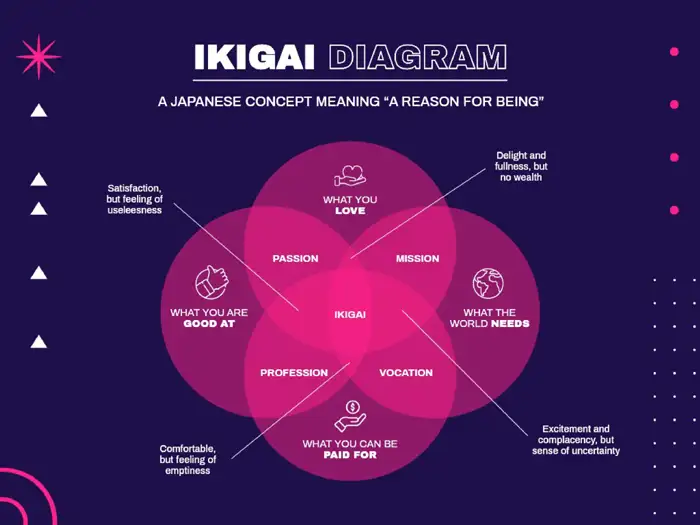Instrumental motivation in SLA or second language acquisition
Instrumental Motivation
Instrumental motivation is also a component of Gardner’s socio-educational model; it is important to recognize that it can work in conjunction with, rather than in opposition to, integrative motivation. It refers to the motivation that derives from a perception of the concrete benefits that learning the L2 might bring about.

Whereas instrumental motivation has been found to be only a weak predictor of foreign language achievement, in several Canadian studies, it appears to be much more powerful in other contexts where learners have little or no interest in the target-language culture and few or no opportunities to interact with its members. To sum up, learners with an instrumental reason for learning an L2 can be successful although overall it appears less influential than integrative motivation (Ellis, 2008).
Intrinsic Motivation

Intrinsic motivation was developed as an alternative to goal-directed theories of motivation that emphasized the role of extrinsic rewards and punishments. Keller (1984) identified ‘interest’ as one of the main elements of motivation, defining it as a positive response to stimuli based on existing cognitive structures in such a way that learners’ curiosity is aroused and sustained. Crookes and Schmidt (1991) observed that “it is probably fair to say that teachers would describe a student as motivated if they become productively engaged in learning tasks, and sustain that engagement, without the need for continual encouragement or direction” (p. 479).

Interest is engendered if learners become self-directed (i.e. are able to determine their own learning objectives, choose their own ways of achieving these, and evaluate their own progress. Intrinsic motivation was defined as motivation to engage in an activity because it is enjoyable and satisfying to do so. Again, three types were distinguished: (1) knowledge (i.e. the motivation derived from exploring new ideas and knowledge), (2) accomplishment (i.e. the pleasant sensations aroused by trying to achieve a task or goal), and (3) stimulation (i.e. the fun and excitement generated by actually performing a task).
References
- Crookes, G., & Schmidt, R. W. (1991). Motivation: Reopening the research agenda. Language Learning, 41(4), 469-512.
- Ellis, R. (2008). The study of second language acquisition. Oxford: Oxford University Press.
- Keller, J. M. (1984). Motivational design of instruction. In G. F. Kearsley (Ed.), Individual differences and instructional design (pp. 103-116). Academic Press.



